Chapter Two – Producing Oral Messages – English Form Two
Introduction
Producing oral messages involves constructing sentences with proper intonation and cohesive devices. In this chapter, you will learn to form sentences and use intonation in sentences correctly.
You will also learn to use cohesive devices to make a clear and coherent oral presentation. The competencies developed through this chapter will enable you to make clear, organised and logical speeches. You will also be able to deliver impactful information.
Think about:
- how people sound when they speak in a monotone (without changing their voice pitch).
- common errors that can make sentences sound disconnected and ways to avoid them.
Activity 1: Constructing sentences with proper intonation
(a) Read the following sentences carefully. Pay attention to the variation of the voice pitch as you read.
- Happy plays netball on Saturday.
- Does Happy play football on Saturday?
- Wonderful! Happy plays netball well.
Did you know?
Our voice pitch raises and falls when we speak to convey different messages. How voice rises and falls when speaking is called intonation. Intonation helps us express and understand different meanings in communication. Ignoring intonation cues can lead to miscommunication or misunderstanding.
Falling Intonation
The falling intonation is the most common intonation pattern in statements which provide a fact or an explanation. Speakers demonstrate this by starting high and gradually falling to convey the finality of the sentence. Also, questions, especially those starting with “wh-” and commands use this intonation to express authority and finality.
Examples:
- My favourite subject is Mathematics. (The voice falls at the end.)
- Where are you going? (The voice falls at the end.)
- When does the train arrive? (The voice falls at the end.)
- Close the door, please. (The voice falls at the end.)
- Sit down and listen carefully. (The voice falls at the end.)
- Turn off the lights when you leave. (The voice falls at the end.)
Rising Intonation
Rising intonation at the end of a sentence can express uncertainty, seek confirmation, or suggest that the sentence is incomplete, commonly seen in yes/no questions and doubtful situations. It can also highlight specific words or phrases in both declarative and imperative sentences by rising on the emphasised part and then falling at the end.
Examples:
- Are you coming with us? (The voice rises at the end.)
- Did you finish the report? (The voice rises at the end.)
- Can you help me? (The voice rises at the end.)
In addition to the two types of intonation, there are also fall-rise and rise-fall intonations, which combine both falling and rising intonation. Fall-rise intonation is used to express uncertainty, politeness or indicate that the speaker has more to say, for example, I thought he was coming, but … (the voice falls and then rises slightly). Rise-fall intonation is used to express strong emotions such as surprise, disbelief or sarcasm, for example, Really! You are not coming to the class! (the voice rises and falls sharply). It can also be used in exclamatory sentences, for example, What a beautiful day!
Note that intonation patterns can vary based on the speaker’s accent, personality and context.
Read the following examples to practice the different types of intonation:
- I can’t believe you finished the project already! (The voice rises on the word ‘finished’ and falls towards the end of the sentence.)
- It is a beautiful day today. (The voice falls at the end.)
- I might go to the mall later. (The voice rises at the end.)
- Are you coming to the party tonight? (The voice rises at the end.)
- Wow, that’s incredible! (The voice rises on the word ‘wow’ and falls sharply.)
- The new restaurant, which was opened last week, serves delicious food. (The voice rises on the parenthetical phrase and falls sharply.)
- My name is John. (The voice falls at the end.)
- It seems like a good idea, doesn’t it? (The voice falls on the phrase ‘It seems like a good idea’ and then rises slightly at the end.)
- I could go to the store, if you really need me to. (The voice falls on the phrase ‘I could go to the store’ and then rises slightly at the end.)
(b) Read the following sentences aloud. Determine whether the sentence uses a rising, falling, rise-fall or fall-rise intonation. Write “Rising”, “Falling”, “rise-fall” or “fall-rise” next to each sentence.
- Are you coming to the party tonight?
- I finished my homework.
- Close the door, please.
- Wow, that’s amazing!
- Did you see that movie?
- She is a great teacher.
- What time is the meeting?
- Please, take a seat.
(c) Read carefully the passage “HIV and AIDS Pandemic in Mwendakulima Village” and respond to the items that follow.
HIV and AIDS Pandemic in Mwendakulima Village
HIV and AIDS have become a serious problem in Mwendakulima Village. The pandemic has caused suffering for many families. People living with HIV are often treated poorly and unfairly, which has caused stigma. Stigma includes avoiding them, gossiping about them and using violence. Should we allow this to continue at Mwendakulima? No, it should be stopped immediately. People living with HIV and AIDS are human beings like others in this village.
Stigma comes from ignorance and myths about HIV/AIDS. Many people are afraid of being infected by living with people with HIV, even though this does not transmit HIV. Good news! The government has started a strong campaign to fight against stigma. Concerned people, like Mama Juma, are urging people to visit hospitals and see that many people living with HIV/AIDS are innocent.
There is no reason to discriminate against people living with HIV. With proper care and medication, they can live happily and productively. The community should hold meetings to educate everyone about HIV prevention and care since fear and blame can be more harmful than the pandemic itself. This is just one example of how innocent people suffer because of stigma and violence. There is also a lot of stigma against people with physical disabilities, albino individuals and elderly women. Everyone should say ‘no’ to discrimination and violence against humans.
Adapted from TIE (2018), English for Secondary Schools- Student’s Book Form Two
Practice
- Identify sentences with rising intonation in the passage.
- Identify sentences with falling intonation.
- Identify sentences with fall-rise and rise-fall intonation.
- Re-write the sentences you have identified and underline words/phrases that carry rising, falling, rise-fall and fall-rise intonation.
- Read the sentences you have identified aloud, paying attention to where intonation rises and falls.
(d) Use the table below to construct two sentences for each type of intonation. Then, practise saying them aloud with the correct intonation. Write each sentence next to its corresponding prompt.
| Type of sentence | Type of intonation | Prompt |
|---|---|---|
| Statement | Falling intonation | Describe something you did yesterday. |
| Question | Rising intonation | Ask about your friend’s plans for the weekend. |
| Command | Falling intonation | Give a polite command to a classmate. |
| Wh-question | Falling intonation | Ask for directions to the nearest library. |
| Exclamation | Rise-fall intonation | Express surprise about a recent event. |
| Statement | Fall-rise intonation | Express uncertainty and politeness. |
(e) Use online sources to find examples of sentences with different types of intonation. Write them in the table below. Then, read the sentences aloud and underline the words/phrases carrying rising, falling, rise-fall or fall-rise intonation.
| Types of sentences | Statement | Question | Command | Exclamation |
|---|---|---|---|---|
| 1 | ||||
| 2 | ||||
| 3 | ||||
| 4 | ||||
| 5 | ||||
| 6 |
(f) Read the following dialogue. Then, respond to the items that follow.
Dialogue
John: We need to decide on a theme for the talent show.
Happy: How about a ‘Bongo movie’ theme?
John: That could be fun.
Happy: Should we have a red carpet entrance?
John: Certainly, that would be amazing!
Happy: Think about a fun game.
John: No! I can’t.
Happy: What about the date? Is next Friday good?
John: Next Friday… let’s see. Yes, it works perfectly for me.
Practice
- Read the dialogue aloud.
- Indicate the type of intonation involved in articulating each sentence in the dialogue.
- Write a dialogue of your choice by considering types of sentences and their respective intonation.
- Observe the function of each type of intonation you have indicated in each sentence.
(g) Read aloud the sentences in the following table and answer the questions that follow.
| Statement | Question | Command | Exclamation |
|---|---|---|---|
| The sun rises in the east. | What time does the movie start? | Turn off the lights before you leave. | What a beautiful sunset! |
| She enjoys reading mystery novels. | Are you planning to go to the party tonight? | Sit down and be quiet. | I can’t believe my eyes; I won the lottery! |
| I will be attending the conference next week. | Have you completed your homework assignment? | Remember to lock the door on your way out. | Stop that immediately! |
| I am not sure if I can make it. | Does she enjoy reading mystery novels? | Go home immediately. | Ooh! Have a good night. |
Questions
- In which type of sentence does the rising intonation apply?
- In which type of sentence does the rising intonation not apply, and why?
- In which type of sentence does the falling intonation apply?
- In which type of sentence does the falling intonation not apply, and why?
- In which type of sentences do the rise-fall and fall-rise intonation apply?
Take home activity
Use the types of sentences in the table above to make a dialogue and indicate the significance of the intonation used.
Exercise 1
Read the sentences in the following table while applying intonation to the underlined parts. Then, fill in the table accordingly. The first item is provided as an example.
| Sentences | Type of sentence | Type of intonation |
|---|---|---|
| It’s a beautiful day today. | Statement | The voice falls at the end. |
| Will you go to the mall later? | ||
| Where are you going? | ||
| You’re coming to the party tonight, right? | ||
| Wow! That’s awesome! | ||
| Open the window, please. | ||
| Oh! This is my favorite subject | ||
| What time does the train arrive? | ||
| Sit down and listen carefully. | ||
| I can’t believe you won the competition! | ||
| Wash your hands before you eat. | ||
| Oh, I’m so happy for you! |
Activity 2: Using cohesive devices in oral presentations
(a) Read the following conversation carefully and respond to the items that follow.
Mkashida: Hello, I heard your call, but I couldn’t respond.
Mkabahati: Really? I was scared because you’ve never done that.
Mkashida: It’s true. I always respond to all calls on time, though sometimes it’s challenging.
Mkabahati: I understand. You’re doing a great job, even though people may not appreciate it.
Mkashida: It’s okay! I usually do only the best I can, so challenges are inevitable.
Mkabahati: Exactly. However, you’ve to work on the challenges; otherwise, you can’t be the best.
Mkashida: I’m trying hard, although it’s not easy to address all the challenges. I sometimes succeed in addressing some, yet new challenges emerge.
Mkabahati: That’s obvious. First of all, I congratulate you on this amazing observation. Then, I encourage you to continue working on the new challenges.
Mkashida: Thank you. My colleagues thought the challenges would discourage me; on the contrary, I used them to excel.
Mkabahati: That’s brilliant! You’ve really surpassed their expectations; moreover, you have taught them to behave professionally.
Mkashida: Probably, you’re right. Initially, they thought I’d complain; in contrast, they heard me celebrating my success from the challenges I’ve been facing.
Mkabahati: Thank you very much for this great lesson for our company. I’m very proud of you, and I think we should give you time to make others learn from you. Congratulations!
Mkashida: Thanks for being positive about it.
Practice
- Describe the functions of each word in bold in the dialogue provided.
- Use each word in bold to make your sentence.
Did you know?
When narrating events, whether in speech or writing, we use specific words and phrases to link them together. These are referred to as linking words or cohesive devices. Cohesive devices help the reader or listener to follow ideas smoothly, a quality known as cohesion. The following story Mroso, the kind and thoughtful help you understand the role of cohesive devices.
Mroso is a kind and thoughtful person. Every morning, he starts his day with a short prayer. After that, he greets his parents and cleans the yard. Next, he goes to the nearby orphanage and cleans there, too. Finally, he returns home to get ready for school. He also advises the youth to support others when they need assistance.
The basic types of cohesive devices are addition, contrast, cause-and-effect, sequencing and clarifying devices.
| Basic type | Example |
|---|---|
| Addition | Also, and, too, furthermore |
| Contrast | However, although/though, but, yet |
| Cause and effect | Because, so, therefore, consequently, thus |
| Sequential | First, then, lastly, finally |
| Clarifying | For example, for instance, this means |
(b) Carefully read the following sentences. Notice how various cohesive devices are used to connect ideas.
- First, the event will start with an opening speech by the chief guest.
- Next, there will be various performances to entertain the audience.
- Additionally, the organisers have planned interactive sessions for everyone.
- As a result, the participants will gain valuable insights into the topic.
- However, we might extend the Q&A session.
- Instead, some events might be reorganised due to the weather.
- Meanwhile, food will be served in the dining hall.
- For example, last year’s conference had over 500 delegates.
- In contrast, this year’s event will focus more on practical skills.
- Finally, the event will end with a networking session.
(c) Underline the cohesive devices in each sentence in (b).
(d) Insert the cohesive device for each function indicated in the following table.
| S/n | Cohesive device | Function |
|---|---|---|
| 1. | …… | Indicates the result or impact. |
| 2. | …… | Indicates the final component or action in a series. |
| 3. | …… | Provides additional details. |
| 4. | …… | Offers a substitute suggestion. |
| 5. | …… | Offers an alternative or contrasting idea. |
| 6. | …… | Introduces the initial component or phase in a series. |
| 7. | …… | Denotes that something is going on alongside. |
| 8. | …… | Gives an example to clarify a point. |
| 9. | …… | Draws attention to a distinction. |
| 10 | …… | Denotes the next item or step in a series. |
(e) Decide on a topic and use cohesive devices to make an oral presentation with a smooth flow of ideas.




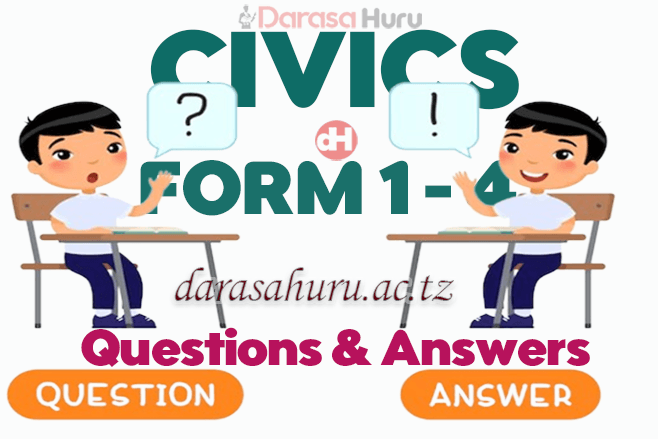


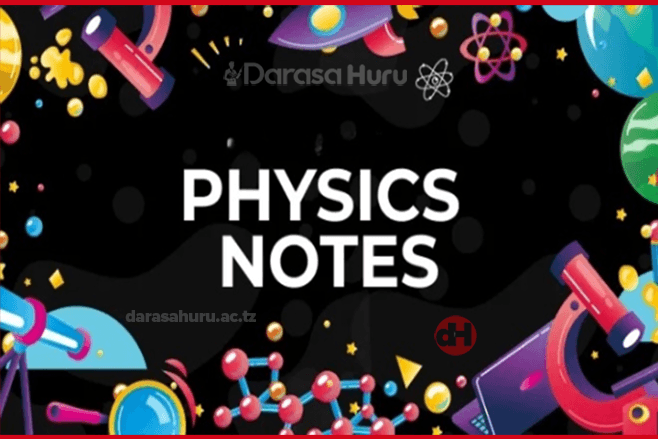



















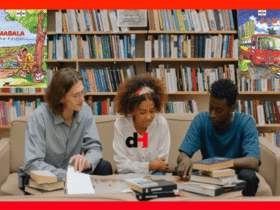
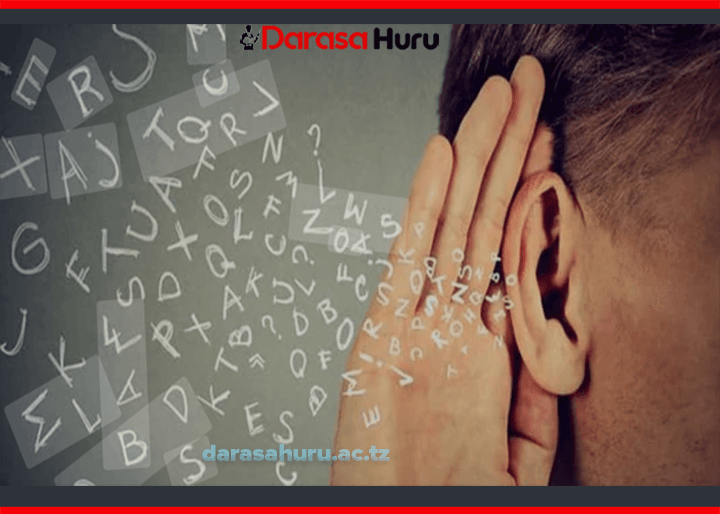
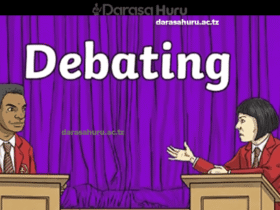

Leave a Reply